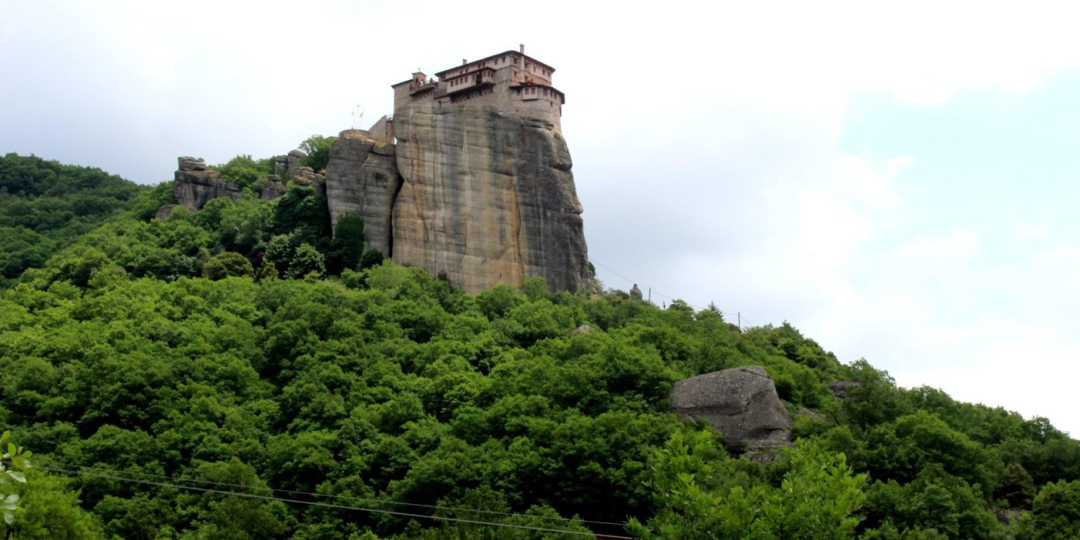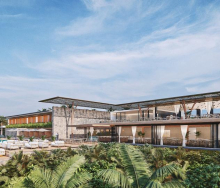Unesco has added 18 new sites to its list of Global Geoparks. These are unique geographical sites and landscapes that are protected and sustainably managed by local communities.
The project was founded by Unesco to protect the planet’s geological heritage and encourage local, sustainable management of these attractions. There are now 213 of the Geoparks in 48 countries. To be considered a Global Geopark, a single, unified area needs to have international geological and cultural significance.
The updated list includes Meteora in Greece, the location of towering sandstone cliffs with Byzantine-era monasteries perched on their edges, and Uberaba in Brazil, known as the ‘Land of the Giants’ for its palaeontological history. It houses 10 000 fossils and other prehistoric life forms.
Sites are awarded this designation for four years before being re-examined by Unesco. The African continent has only two Global Geoparks: Ngorongoro Lengai Unesco Global Geopark in Tanzania and M’Goun Unesco Global Geopark in Morocco.
The new Unesco Global Geoparks are:
- Schelde Delta in Belgium and the Netherlands
- Uberaba in Brazil
- Enshi Grand Canyon – Tenglongdong Cave in China
- Linxia in China
- Longyan in China
- Mount Changbaishan in China
- Wugongshan in China
- Xingyi in China
- Biokovo-Imotski Lakes in Croatia
- The South Fyn Archipelago in Denmark
- Impact Crater Lake – Lappajärvi in Finland
- Armorique in France
- Normandie-Maine in France
- Meteora Pyli in Greece
- Bükk Region in Hungary
- Land of Extinct Volcanoes in Poland
- Oeste in Portugal
- Calatrava Volcanoes – Ciudad Real in Spain















